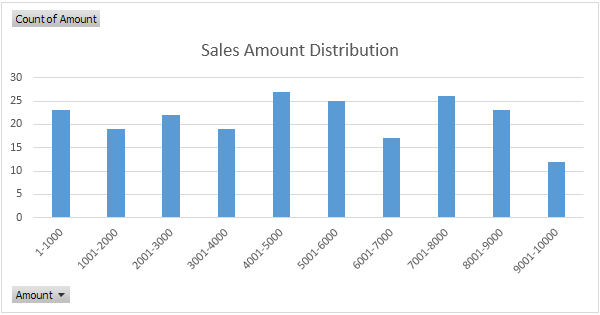Ethnic Enclave Definition: Unveiling the Secrets of Forbidden Cultural Pleasures
Have you ever wandered through a neighborhood and felt like you’ve stepped into a different world? That’s the magic of an ethnic enclave, a hidden gem where culture thrives and traditions come alive. These communities, often nestled within larger cities, offer a unique blend of heritage, cuisine, and lifestyle. But what exactly defines an ethnic enclave, and why are they considered gateways to forbidden cultural pleasures? Let’s dive into the heart of these vibrant pockets of diversity and uncover their secrets.
What is an Ethnic Enclave? (ethnic enclave definition, cultural communities)
An ethnic enclave is a geographic area where a specific ethnic group concentrates, preserving its language, traditions, and customs. These enclaves often emerge as immigrants settle together, creating a supportive environment that feels like home. Think of Chinatown in San Francisco or Little Italy in New York City—these are prime examples of how ethnic enclaves shape urban landscapes.
- Key Features: Shared culture, language, and businesses.
- Purpose: To maintain cultural identity in a foreign land.
Why Are Ethnic Enclaves Called Forbidden Cultural Pleasures? (cultural exploration, hidden gems)
The term “forbidden cultural pleasures” refers to the unique experiences ethnic enclaves offer, often unseen by outsiders. These areas are treasure troves of authentic cuisine, art, and traditions that feel exclusive. For instance, savoring dim sum in a hidden Chinatown restaurant or attending a local festival in a Latin American enclave can feel like discovering a secret world.
🌟 Note: Exploring ethnic enclaves is a great way to support local businesses while immersing yourself in diverse cultures.
Benefits of Visiting Ethnic Enclaves (cultural tourism, local experiences)
Visiting an ethnic enclave isn’t just about sightseeing—it’s about connecting with a culture on a deeper level. Here’s why you should add these destinations to your travel list:
| Benefit | Description |
|---|---|
| Authentic Experiences | Taste traditional dishes and witness age-old customs firsthand. |
| Support Local Economies | Your visit helps sustain family-owned businesses and artisans. |
| Cultural Learning | Gain insights into histories and traditions you won’t find in textbooks. |
How to Explore Ethnic Enclaves Responsibly (responsible tourism, cultural respect)
While ethnic enclaves welcome visitors, it’s essential to approach them with respect and mindfulness. Here’s a checklist to ensure your visit is both enjoyable and ethical:
- 🌍 Research Before You Go: Understand the culture and any local customs.
- 🍽️ Support Local Businesses: Dine at family-owned restaurants and shop at local stores.
- 📸 Ask Before Taking Photos: Respect privacy and avoid intrusive behavior.
- 🎉 Participate in Events: Join festivals or workshops to engage authentically.
Ethnic enclaves are more than just neighborhoods—they’re living, breathing testaments to the beauty of cultural diversity. By understanding the ethnic enclave definition and embracing their offerings, you can unlock a world of forbidden cultural pleasures. Whether you’re a traveler or a local, these communities invite you to explore, learn, and connect in ways that enrich both your life and theirs.
What is the main purpose of an ethnic enclave?
+
The main purpose of an ethnic enclave is to preserve cultural identity, language, and traditions among a specific ethnic group in a foreign country.
Are ethnic enclaves only found in large cities?
+
While many ethnic enclaves are in large cities, they can also exist in smaller towns where immigrant communities settle together.
How can I respectfully visit an ethnic enclave?
+
Research the culture, support local businesses, ask before taking photos, and participate in community events to show respect and appreciation.
